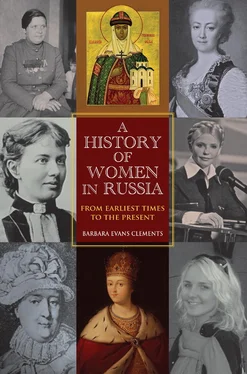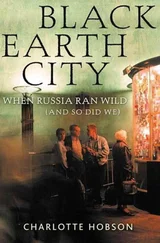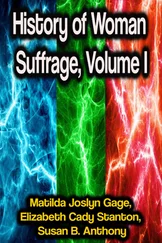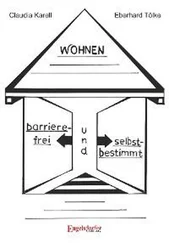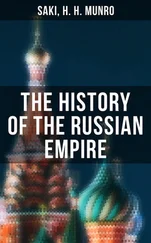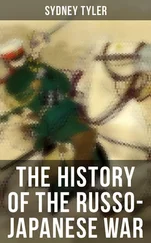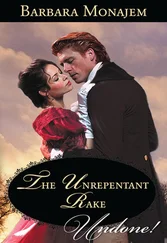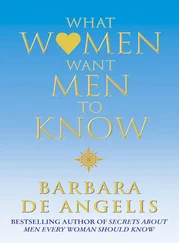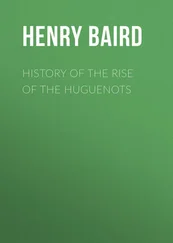Rosenthal, Andrew. “A Soviet Voice of Innovation Comes to Force.” New York Times, August 28, 1987. http://www.nytimes.com. Accessed October 13, 2007.
Rossman, Jeffrey J. “A Workers’ Strike in Stalin’s Russia: The Vichuga Uprising of April 1932.” In Contending with Stalinism: Soviet Power and Popular Resistance in the 1930s, edited by Lynne Viola. Ithaca, N.Y.: Cornell University Press, 2002.
Rotkirch, Anna. “Arbatova, Mariia Ivanovna (1957–).” In Encyclopedia of Russian Women’s Movements, edited by Norma Corigliano Noonan and Carol Nechemias. Westport, Conn.: Greenwood, 2001.
Ruane, Christine. The Empire’s New Clothes: A History of the Russian Fashion Industry, 1700–1917 . New Haven: Yale University Press, 2009.
——. Gender, Class, and the Professionalization of Russian City Teachers, 1860–1914. Pittsburgh, Penn.: University of Pittsburgh Press, 1994.
Ruthchild, Rochelle Goldberg. Equality and Revolution: Women’s Rights in the Russian Empire, 1905–1917. Pittsburgh, Penn.: University of Pittsburgh Press, 2010.
——. “Soiuz ravnopraviia zhenshchin (Women’s Equal Rights Union) (1905–1908).” In Encyclopedia of Russian Women’s Movements, edited by Norma Corigliano Noonan and Carol Nechemias. Westport, Conn.: Greenwood, 2001.
——. “Women’s Suffrage and Revolution in the Russian Empire, 1905–1917.” Aspasia 1 (2007): 1–35.
Ryan, W. F. The Bathhouse at Midnight: An Historical Survey of Magic and Divination in Russia . University Park: Pennsylvania State University Press, 1999.
Saktanber, Ayse, and Asli Ozatas-Baykal. “Homeland within Homeland: Women and the Formation of Uzbek National Identity.” In Gender and Identity Construction: Women of Central Asia, the Caucasus, and Turkey, edited by Feride Acar and Ayse Günes-Ayata. Leiden: Brill, 2000.
Salmenniemi, Suvi. Democratization and Gender in Contemporary Russia . New York: Routledge, 2008.
Schrader, Abby M. “Unruly Felons and Civilizing Wives: Cultivating Marriage in the Siberian Exile System, 1822–1860.” Slavic Review 66, no. 2 (Summer 2007): 230–56.
Schrand, Thomas G. “Soviet ‘Civic-Minded’ Women in the 1930’s: Class, Gender, and Industrialization in a Socialist Society.” Journal of Women’s History 11, no. 3 (1999): 126–50.
Schuler, Catherine. “Actresses, Audience, and Fashion in the Silver Age: A Crisis of Costume.” In Women and Russian Culture: Projections and Self-Perceptions, edited by Rosalind Marsh. Oxford: Berghahn, 1998.
Seager, Joni, and Ann Olson. Women in the World: An International Atlas. New York: Touchstone, 1986.
Shahar, Shulamith. The Fourth Estate: A History of Women in the Middle Ages. Translated by Chaya Galai. Revised edition. London: Routledge, 2003.
Shevchenko, Olga. Crisis and the Everyday in Postsocialist Moscow. Bloomington: Indiana University Press, 2009.
Shulman, Elena. Stalinism on the Frontier of Empire: Women and State Formation in the Soviet Far East . Cambridge: Cambridge University Press, 2008.
Slepyan, Kenneth. Stalin’s Guerrillas: Soviet Partisans in World War II. Lawrence: University Press of Kansas, 2006.
Smith, David J., Artis Pabriks, Aldis Purs, and Thomas Lane. The Baltic States: Estonia, Latvia, and Lithuania. London: Routledge, 2002.
Smith, Gregory Malloy. “The Impact of World War II on Women, Family Life, and Mores in Moscow, 1941–1945.” Doctoral dissertation. Stanford University, 1989.
Smith, S. A. “Masculinity in Transition: Peasant Migrants to Late-Imperial St. Petersburg.” In Russian Masculinities in History and Culture, edited by Barbara Evans Clements, Rebecca Friedman, and Dan Healey. Houndmills, UK: Palgrave, 2002.
Sperling, Valerie. Organizing Women in Contemporary Russia: Engendering Transition . Cambridge: Cambridge University Press, 1999.
Stankovic, Slobodan. “Soviet Academician: Gorbachev Should ‘Free People from Their Chains.’” 1 Danas (Zagreb). http://files.osa.ceu.hu. Accessed October 13, 2007.
Steinberg, Mark D. Proletarian Imagination: Self, Modernity, and the Sacred in Russia, 1910–1925 . Ithaca, N.Y.: Cornell University Press, 2002.
Stites, Richard. The Women’s Liberation Movement in Russia: Feminism, Nihilism, and Bolshevism, 1860–1930 . Princeton: Princeton University Press, 1978.
Stockdale, Melissa K. “‘My Death for the Motherland Is Happiness’: Women, Patriotism, and Soldiering in Russia’s Great War, 1914–1917.” American Historical Review 109, no. 1 (February 2004): 78–116.
Stoff, Laurie S. They Fought for the Motherland: Russia’s Women Soldiers in World War I and the Revolution . Lawrence: University Press of Kansas, 2006.
Subtelny, Orest. Ukraine, a History. Third edition. Toronto, Ont.: University of Toronto Press, 2000.
Taraban, Svitlana. “Birthday Girls, Russian Dolls, and Others: Internet Bride as the Emerging Global Identity of Post-Soviet Women.” In Living Gender after Communism, edited by Janet Elise Johnson and Jean C. Robinson. Bloomington: Indiana University Press, 2007.
Taubman, William. Khrushchev: The Man and His Era. New York: Norton, 2003.
“Teen Widow ID’d as One of Moscow Bombers.” Arizona Daily Star, April 3, 2010, A16.
Tek, Nekhama. “U partisan 1 sud’ba zhenshchin.” In Zhenshchiny na kraiu Evropy, edited by Elena Gapova. Minsk: Evropeiskii Gumanotarnyi Universitet, 2003.
Thomas, Marie A. “Muscovite Convents in the Seventeenth Century.” Russian History 10, part 2 (1983): 230–42.
Thyrêt, Isolde. Between God and Tsar: Religious Symbolism and the Royal Women of Muscovite Russia . DeKalb: Northern Illinois University Press, 2001.
——. “Women and the Orthodox Faith in Muscovite Russia: Spiritual Experience and Practice.” In Orthodox Russia: Belief and Practice under the Tsars, edited by Valerie A. Kivelson and Robert H. Greene. University Park: Pennsylvania State University Press, 2003.
Tohidi, Nayereh. “Gender and National Identity in Post-Soviet Azerbaijan: A Regional Perspective.” In Gender and Identity Construction: Women of Central Asia, the Caucasus, and Turkey, edited by Feride Acar and Ayse Günes-Ayata. Leiden: Brill, 2000.
——. “Women, Building Civil Society, and Democratization in Post-Soviet Azerbaijan.” In Post-Soviet Women Encountering Transition: Nation Building, Economic Survival, and Civic Activism, edited by Kathleen Kuehnast and Carol Nechemias. Washington, D.C.: Woodrow Wilson Center Press, 2004.
Tyrrell, Ian. Woman’s World/Woman’s Empire: The Woman’s Christian Temperance Union in International Perspective, 1880–1930 . Chapel Hill: University of North Carolina Press, 1991.
UN Department of Economic and Social Affairs, Population Division.
“Ukraine.” World Abortion Policies 2007. http://www.un.org/esa/population/publications/abortion/doc/ukraine.doc. Accessed October 2, 2007.
——. World Abortion Policies 2007. http://www.un.org/esa/population/publications/2007. Accessed October 2, 2007. (Now at http://www.un.org/esa/population/publications/2007_Abortion_Policies_Chart/2007AbortionPolicies_wallchart.htm.)
——. Department of International Economic and Social Affairs. Statistical Office. The World’s Women, 1970–1990: Trends and Statistics . New York: United Nations, 1991.
U.S. Department of Agriculture, Foreign Agricultural Service. “Russia: Agricultural Overview.” http://www.fas.usda.gov/pecad2/highlights/2005/03//Russia_Ag/index. Accessed November 6, 2007.
Читать дальше
